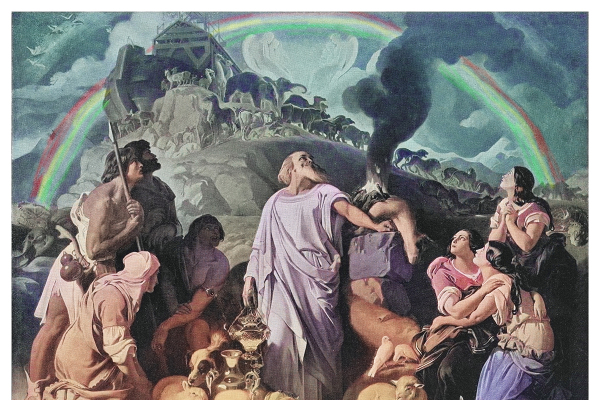Archeologists find earliest text of apocryphal gospel detailing Jesus' childhood miracles

An ancient piece of papyrus sourced from Egypt with the word "Jesus" written in Greek letters was uncovered in a university library in Germany and is believed to be the oldest surviving copy of a writing detailing Jesus Christ's childhood.
Researchers from Humboldt University of Berlin and the University of Liège, Belgium, have identified the fragment they say is the earliest surviving copy of the Infancy Gospel of Thomas, an apocryphal gospel about Jesus' youth that is considered gnostic in origin.
Before this discovery, the earliest version of the Gospel of Thomas originated from an 11th-century codex, according to an announcement from the Humboldt University of Berlin.
"The fragment is of extraordinary interest for research," Lajos Berkes, a lecturer at the Faculty of Theology at Humboldt University. "On the one hand, because we were able to date it to the 4th to 5th century, making it the earliest known copy. On the other hand, because we were able to gain new insights into the transmission of the text."
Gabriel Nocchi Macedo from the University of Liège said the findings "confirm the current assessment that the Infancy Gospel according to Thomas was originally written in Greek."
The document is 11-by-5 centimeters and includes just 13 lines written in Greek letters.
The Gospel of Thomas is believed to have been created around the second century and is not included in the Holy Bible amid questions about its origin and theology.
The gospel was written much later than the canonical gospels of Matthew, Mark, Luke and John. The author is unknown, and most scholars do not regard the author to be any of the apostles or their close friends. Many scholars within orthodox Christianity consider the writing to be heretical.
Berkes and Macedo operate under the assumption that this fragment they found was created as a writing exercise in a school or monastery, citing "clumsy handwriting with irregular lines, among other things."
The text describes the beginning of what is referred to as the "vivification of the sparrows," the "second miracle" in the apocryphal gospel in which a 5-year-old Jesus turned clay figurines into real birds.
There are also stories that include Jesus' inflicting harm and death. In one such story, Jesus strikes a boy dead, only to revive him after Joseph admonishes young Jesus.
Another story from the text includes a scene in which Jesus is playing in a room with another boy, who falls down and dies. After Jesus is accused of killing the child, he raises him back from the dead.
Over the years, theologians have noted that allegations of Jesus causing harm to others are not consistent with Christ's teachings.
Nicole VanDyke is a reporter for The Christian Post.





















